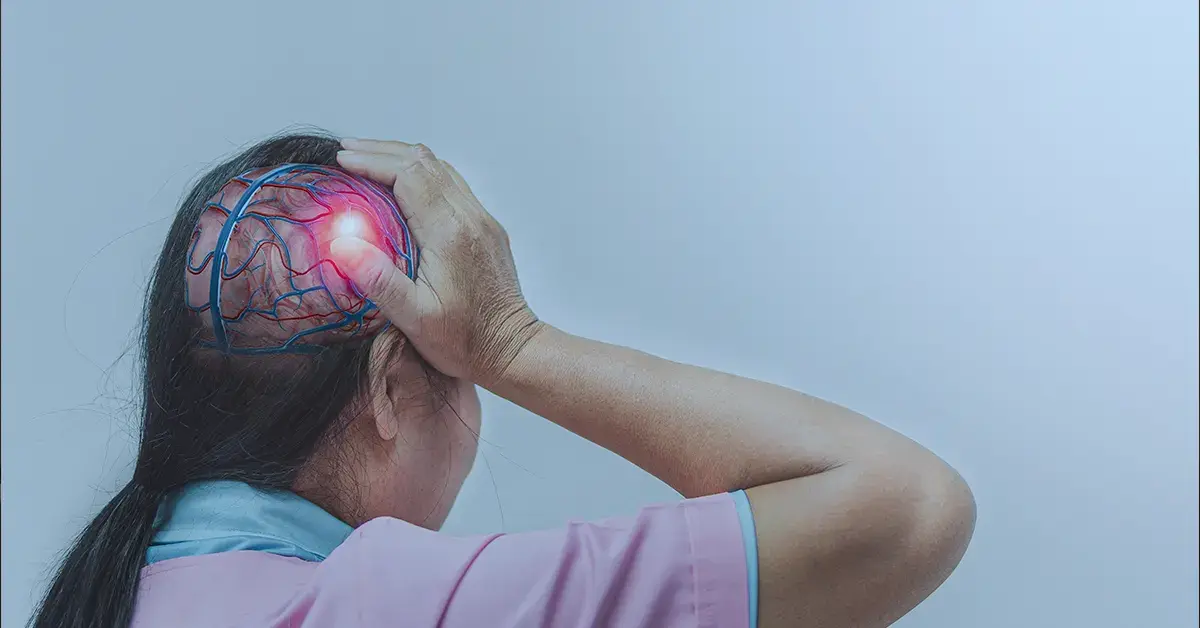A stroke is a severe medical condition that occurs when blood flow to a portion of the brain
becomes restricted or decreased. This may stop brain cells from receiving the necessary
oxygen and nutrients, leading them to die in minutes. Strokes can happen suddenly, and it’s
important to understand the basics to protect yourself and your loved ones.
What Is a Stroke?
A stroke occurs when something interrupts the flow of blood to the brain. Strokes are of two types:
Ischemic Stroke: This is the most common type. It happens when a blood clot blocks a blood
vessel in the brain.
Hemorrhagic Stroke: This occurs when a blood artery in the brain ruptures, resulting in
bleeding in or around the brain.
Both kinds of strokes can cause serious brain damage if not treated promptly.
Recognizing the Symptoms
Understanding stroke symptoms can prevent deaths. Keep in mind the definition of “FAST,”
which is:
● Face: Does one side appear numb or droopy? Ask the person to smile and check if it is uneven.
● Arms: Is one arm weak or numb? Ask the person to raise both arms. Does one arm drift downward?
● Speech: Is speech slurred or strange? Request the person to repeat a simple phrase or sentence. Are the words clear?
● Time: If you see any of these symptoms, contact emergency assistance immediately.
The faster a stroke is treated, the greater the possibility of recovery.
What Causes a Stroke?
A stroke can be caused by a variety of causes, such as:
● High blood pressure: High blood pressure is the major cause of strokes. It can harm
blood arteries, making them more susceptible to rupture or getting clogged.
● Smoking: Smoking causes damage to blood arteries and increases the likelihood of blood to clot.
● Diabetes: Diabetes can damage blood vessels and increase the risk of stroke.
● Obesity: Being overweight can lead to high blood pressure and diabetes, both of which increase the risk of stroke.
● Heart Disease: Certain heart conditions, such as atrial fibrillation, can increase the risk of blood clots forming in the heart and traveling to the brain.
Preventing Strokes
● Medication adherence and regular blood pressure tests.
● Maintaining a healthy diet with fruits, vegetables, and whole grains, and limiting salt
sugar, and unhealthy fats.
● Regular exercise of at least 30 minutes per week.
● Quitting smoking for health benefits.
● Moderation in alcohol consumption.
Suspecting Stroke: Actions
Observe vital signs and take immediate action if suspected. Call emergency services
immediately. Time is critical, and getting medical help quickly can make a big difference in th
outcome.
A stroke is a serious condition that can have life-changing consequences. Understanding the
signs, causes, and prevention methods can help protect yourself and others. Acting FAST can
save lives and reduce stroke damage, so stay informed, stay healthy, and take action if you
notice symptoms
